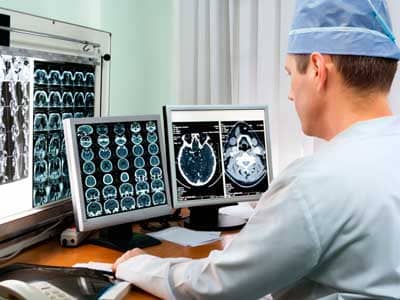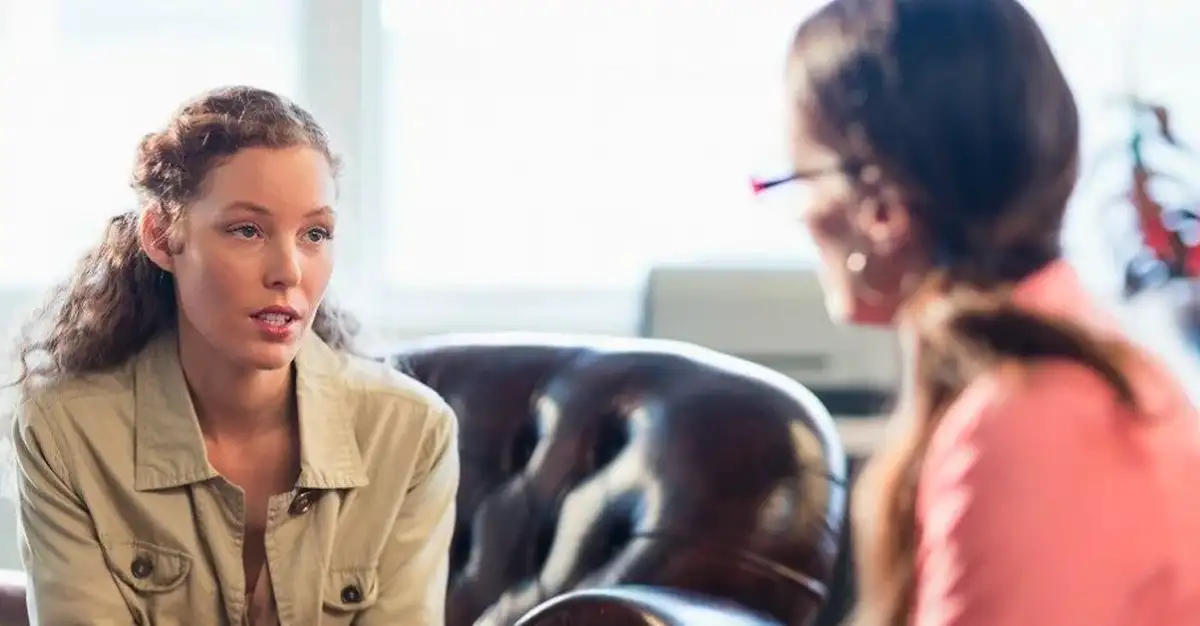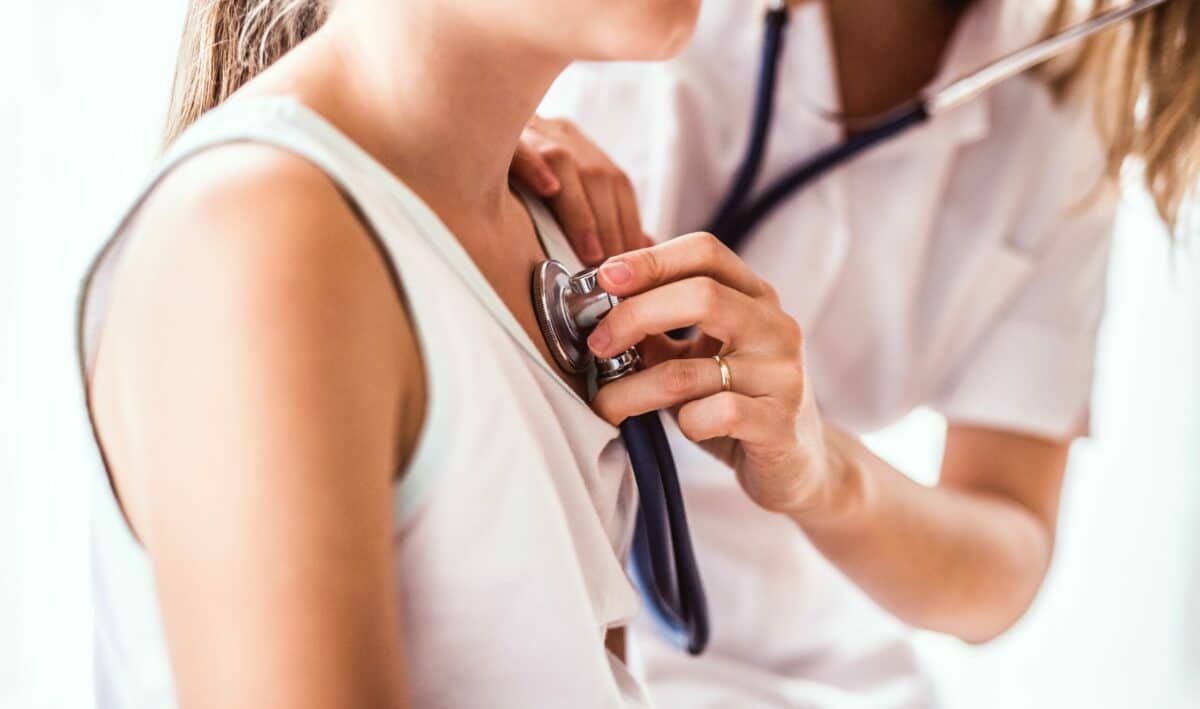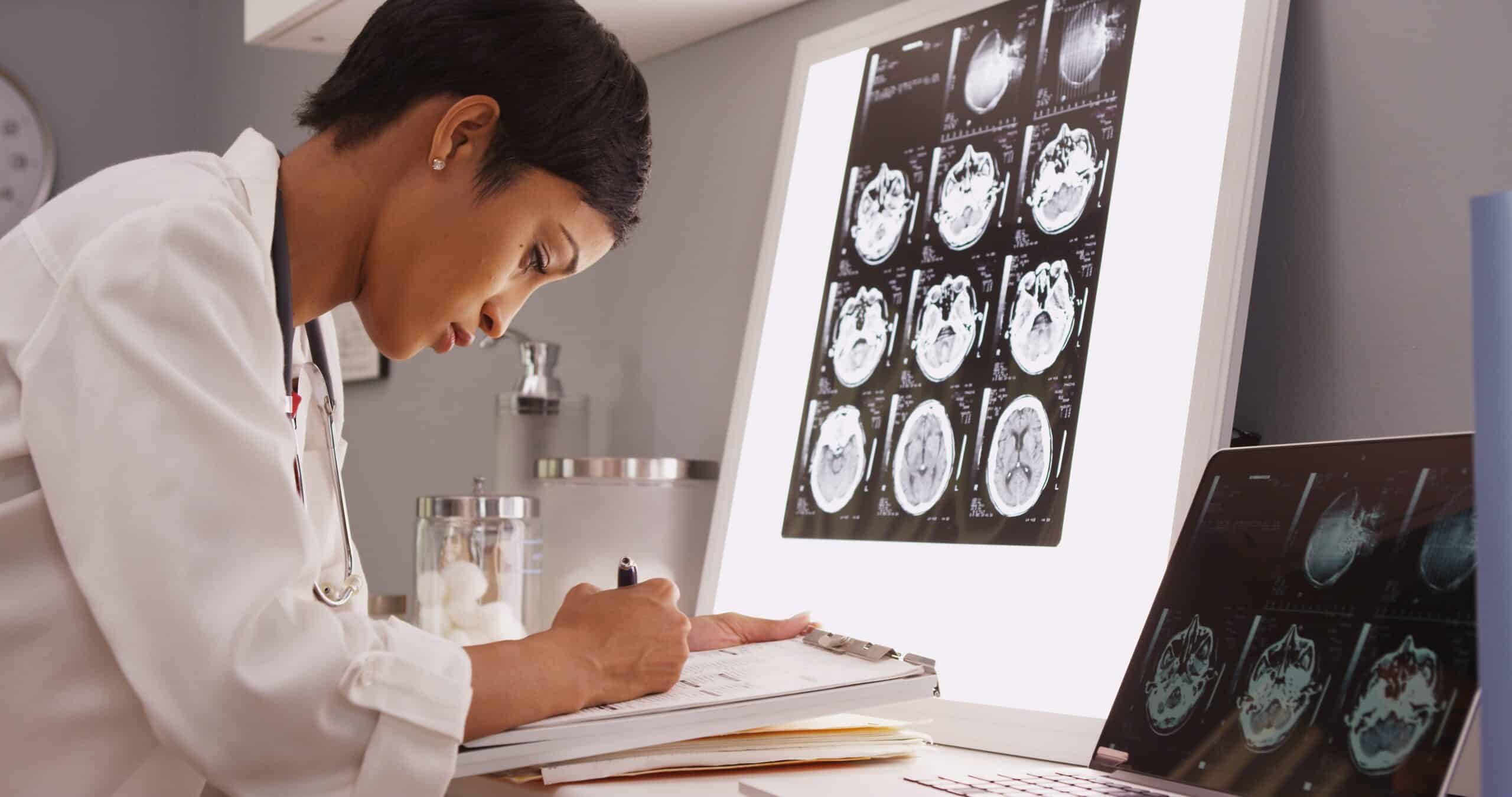Generalized Convulsive Seizures
Research suggests that respiratory dysfunction following generalized convulsive seizures is an important cause of SUDEP. Interruptions in breathing can occur during and after seizures leading to an imbalance of carbon dioxide and oxygen in the body. The ability to restore normal breathing patterns and remove excess carbon dioxide may be weakened in some people with epilepsy, potentially increasing their risk of SUDEP.
Breathing dysfunction caused by seizures
This webinar provides an introduction to basic concepts and terminology for how the respiratory system functions. It also provides evidence for breathing dysfunction caused by seizures and reviews the data for breathing dysfunction as a potential cause as well as a marker for SUDEP, and a possible means to intervene and prevent SUDEP.
Get a personal perspective on SUDEP from two mothers who each lost a son to SUDEP. Libby Boyce and Jessica Brandes discuss what they were and weren’t told about their sons’ epilepsy, and outline what should be done to build awareness of SUDEP on this episode of the Seizing Life podcast.
Q&A Transcript
Can individuals with severe intractable LGS with multiple seizures die because of SUDEP during sleep, even with no presence of clinical seizures?
This is very interesting questions. Again, if you review the risk factor, the number one risk factor for SUDEP is drug-resistant epilepsy. However, having tonic clonic or convulsive seizures seems to be in terms of types of seizure. Amongst types of seizure tonic-clonic seizure seems to be the highest in potential for causing SUDEP. But the question here is whether if the patient is having nonclinical seizure, can there be increased risk of SUDEP? I don’t think we know the answer fully but it sounds unlikely. However, we’re still learning a lot about SUDEP and SUDEP mechanism. So we still don’t know the full answer at this time. However, it sounds unlikely given the evidence so far.
What is the best type of oxygen mask to use after a seizure and are they postictal?
Number one, again, we don’t know for sure if… We don’t have strong enough evidence to suggest that we should be using oxygen as a therapy after convulsive seizure. We just have some evidence showing that it may reduce the amount of oxygen or the lowest drop in oxygen. It may prevent drop in oxygen and may recover the oxygen level a little bit faster. But that does not tells us how it changes SUDEP risk. So again, we don’t know that yet. We still need more studies addressing these questions.
What would be the risk for someone with a genetic seizure disorder to wear a mask for a work shift six to eight hours a day for three days a week? Is there any mask that would be considered safe for such long-term use? Are there any challenges with using the masks that we’re wearing today?
I don’t think I have a good answer for this question as well. Given COVID pandemic that’s going on, wearing mask is something we should all consider. One thing is for sure is it does not prevent you getting sick, it also prevents spread of disease if you are asymptomatic and still has infection. So, I don’t know that there is a good mask or what type of mask that we should be using. If you are taking care of patients, you should probably use medical grade mask, but if not, then at least using some sort of mask is still good. In relation to epilepsy, we don’t have good information to suggest what’s the best kind of mask for you if you have epilepsy.
When does SUDEP occur the most when the patient is sleeping in a safe position under monitoring, and what can parents do to lessen the chance of its occurrence?
Most witnessed death from SUDEPs reportedly happen after a convulsive seizure. So it’s not during, it’s rather after convulsive seizure. And there is good suggestion that there is something to do with sleep and if you are alone then you actually are on a really high risk of dying with SUDEP. So if you are monitored by some mechanism… Direct mechanism probably is good for a lot of people who don’t mind their privacy, but this is a very personal situation for a lot of our patient with epilepsy. So having some sort of indirect monitoring may help, but again, we don’t know for sure which monitor, whether it’s seizure detector or a video monitor or a seizure alarm like a bracelet or… There is actually FDA approved device, a watch, Empatica, that is approved to detect, an alert system after a convulsion has happened.
We don’t know, again, to the extent how much these intervention are helpful, but I want to highlight that’s why we need more research trying to get more information so we can have more intervention that is available for patients and families. What I tell my patient and their family is I would consider based on the situation, individual situation and preference, having some sort of monitoring or surveillance is reasonable thing to try. It may not have to be the video surveillance. You may just sleep next door or maybe on the same floor. So some studies suggest that when people intervene during or after convulsive seizures, sooner you go and talk to them or try to intervene in some way, recovery seems to be a little bit faster. Their oxygen recovery, as well as their arousal seems to be a little bit faster. So it’s reasonable based on the situation, but there is no single thing that is proven that we can recommend at this time.
Do you suggest that people with epilepsy have a sleep study done to monitor breathing during sleep? Is that possible?
Best thing for people with epilepsy is to take your medicine, talk to your doctor how best you can control your seizure. Because again, we don’t have a medicine to prevent SUDEP at this point given all the potential we discussed. Best approach still is try to control your seizure best. Having said that there is a good proportion of people who have epilepsy that may have obstructive sleep apnea. So if you have some of the simple symptoms of potential obstructive sleep apnea, for example, feeling fatigue, lack of energy, headaches, or people actually witnessed you snore during sleep or stop breathing during sleep, I think that would be very reasonable time to evaluate for a sleep study and get it treated because poorly controlled sleep apnea or untreated sleep apnea can worsen seizure and epilepsy control.
Does a co-morbidity of autonomic dysfunction increase SUDEP risk in epilepsy patients?
We don’t have much information about this yet and what we have is during or after convulsive seizure, some people can have really irregular heart rate or problem with blood pressure. How that translates into SUDEP risk is not clear. How common that is is also not clear at this time.
Will the pulse-ox be a helpful alarm for people while they’re sleeping?
It depends on the type of epilepsy as well as type of seizure that we’re dealing with. And if you’re talking about monitoring a child, that may be a problem putting the probe in to begin with. But if pulse oximetry is good enough to detect seizure-related drop in oxygen and alarm you, it sounds reasonable to think about it, but we don’t have a study showing that is what is very helpful. But again, I’ll circle back to the same thing. Some sort of supervision is reasonable, including pulse oximetry, but you have to think about it has a lots of false alarm that is associated. And false alarm could be because the probe is displaced while during movement or during sleep versus there are… So many different things can go wrong and give you a wrong pulse oximetry read.
A couple of people asked about examples of serotonin medications. What are those?
A very commonly prescribed group of medicine includes SSRI or selective serotonin reuptake inhibitors. These are a group of anti-depressant. Or most medicines that is often used by psychiatrists. And the studies I alluded in this talk that were included in human, part of the human studies were people taking either SSRI or similar medicine. There are a group of… Another group called SNRI is non-selective serotonin reuptake medicines. These are also antidepressant medicines. And there are some… or supplement rather that can convert into serotonin in body like tryptophan or 5-hydroxytryptophan. So these would be considered as serotonergic medicine in general, if that’s what we’re getting at.
In terms of common names, Prozac would be a common name people might recognize. Celexa or citalopram, escitalopram would be some other names.
The information contained herein is provided for general information only and does not offer medical advice or recommendations. Individuals should not rely on this information as a substitute for consultations with qualified healthcare professionals who are familiar with individual medical conditions and needs. CURE Epilepsy strongly recommends that care and treatment decisions related to epilepsy and any other medical condition be made in consultation with a patient’s physician or other qualified healthcare professionals who are familiar with the individual’s specific health situation.









